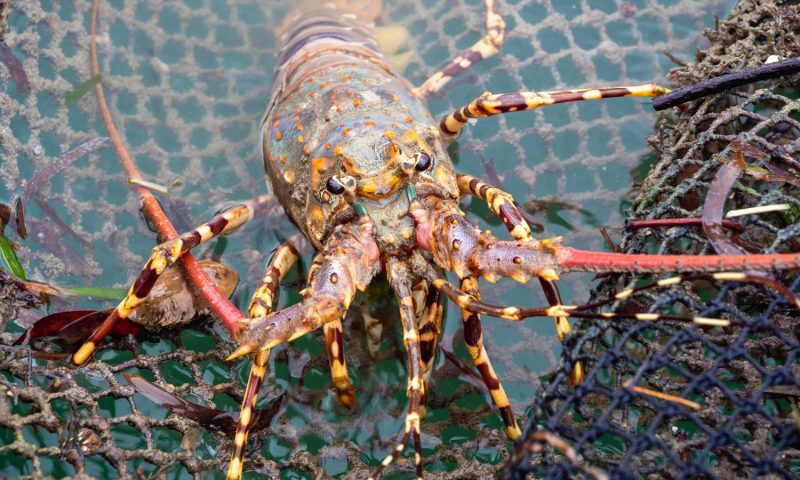Dive into the exciting world of bully netting! Learn what it is, the gear you need, the best practices, and tips for netting more spiny lobster.
Bully netting is an intriguing and rewarding activity that combines the thrill of nighttime fishing with the precision of hunting. It specifically targets crustaceans such as the spiny lobster, offering amateurs and seasoned fishermen a unique experience under the stars. Read on to learn what bully netting is and how to get started.
Understanding Bully Netting
Bully netting is a method of fishing that uses a specialized net, known as a bully net, to catch lobsters and other crustaceans from shallow waters. This activity is typically done at night when these creatures are more active and visible. The term “bully” refers to the technique’s effectiveness, as it allows the fisherman to approach and swiftly scoop up the target quietly. The method requires patience, stealth, precision, and a love for the nocturnal hours by the water.
Essential Gear for Bully Netting
To get started with bully netting, you’ll need some specific gear. The centerpiece is, of course, the bully net itself, which usually features a long handle and a shallow, circular net. Lighting is crucial since this activity occurs at night; strong waterproof headlamps or boat-mounted lights can significantly enhance visibility.
Additionally, wearing polarized glasses will help you spot the lobster more easily by reducing glare on the water’s surface. Lastly, a measuring device ensures you keep only lobsters that meet legal size requirements, promoting sustainable fishing practices.
Best Practices for Successful Bully Netting
Success in bully netting hinges on understanding the behavior of your target and mastering the technique. Spiny lobsters are more active on dark, warm nights, especially after rainfall, when the water is less salty. The key to netting more spiny lobster lies in understanding this and approaching your target slowly to avoid startling it. Then, position the net behind the lobster and quickly scoop forward. It’s also essential to be aware of local regulations regarding fishing times, locations, and the size and number of lobsters you’re allowed to catch.
Improving Your Technique
With practice, you’ll refine your technique and become more efficient at bully netting. Learning to read the water and understand how lobsters react to your presence will increase your success rate. Experiment with different light intensities and angles; sometimes, less is more, and a dimmer light won’t scare your quarry away. Coordination between the person handling the light and the one with the net is crucial, especially on a moving boat.
Now that you know what bully netting is and how you can get started, it’s time to gather your gear and head out for an exciting adventure. With patience and persistence, you’ll find yourself getting more spiny lobster and enjoying the unique thrill that comes with bully netting!
